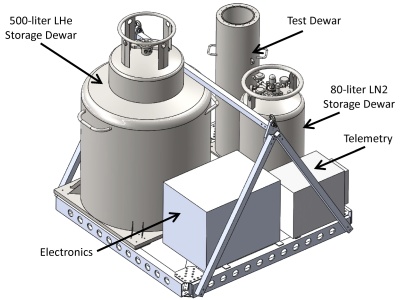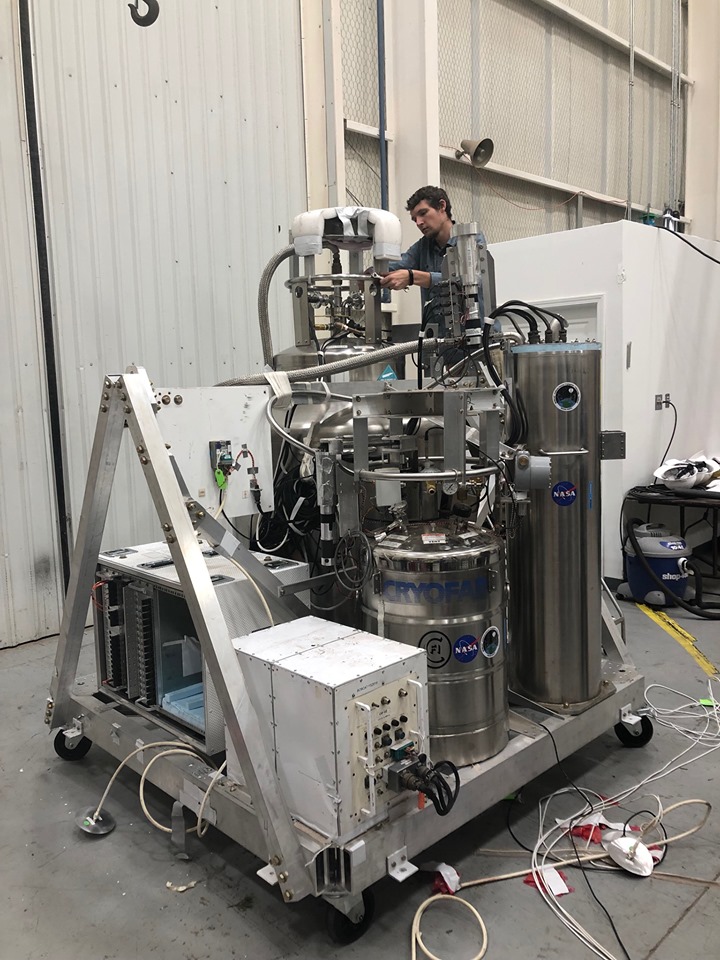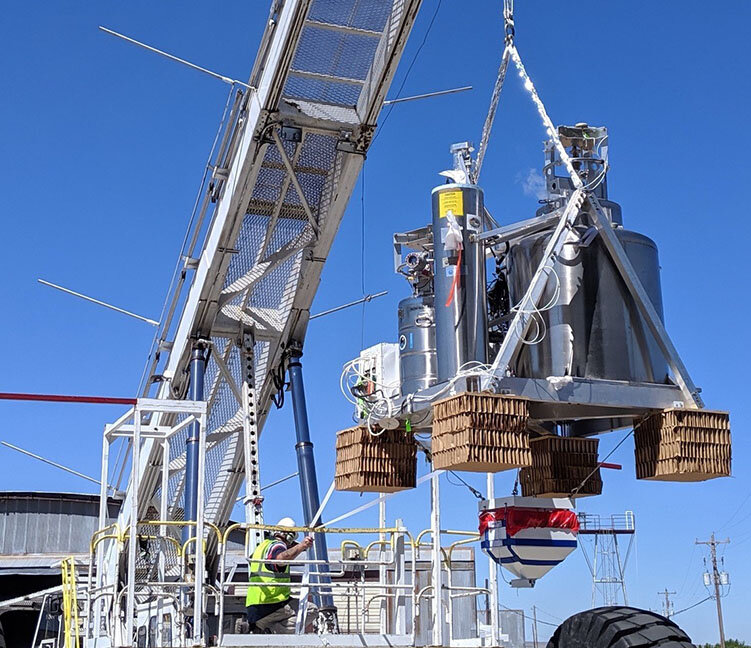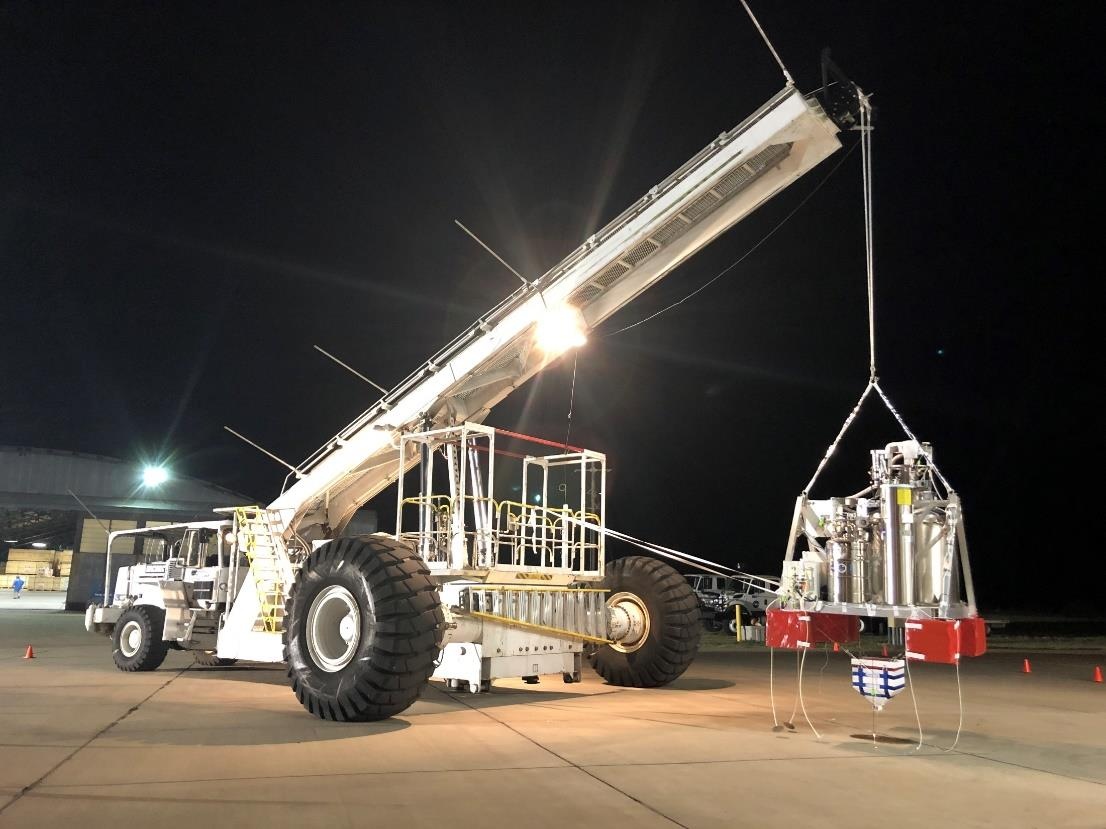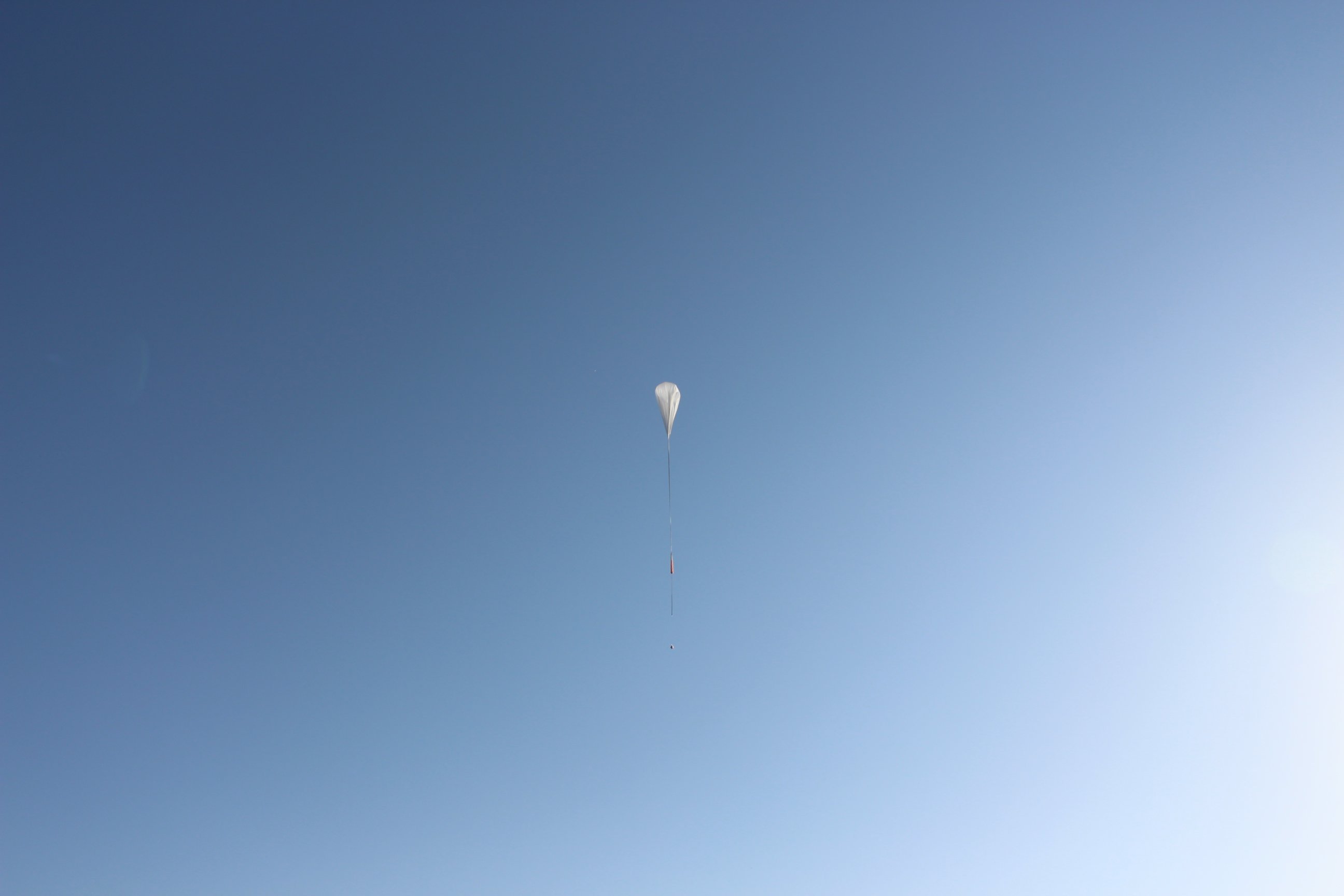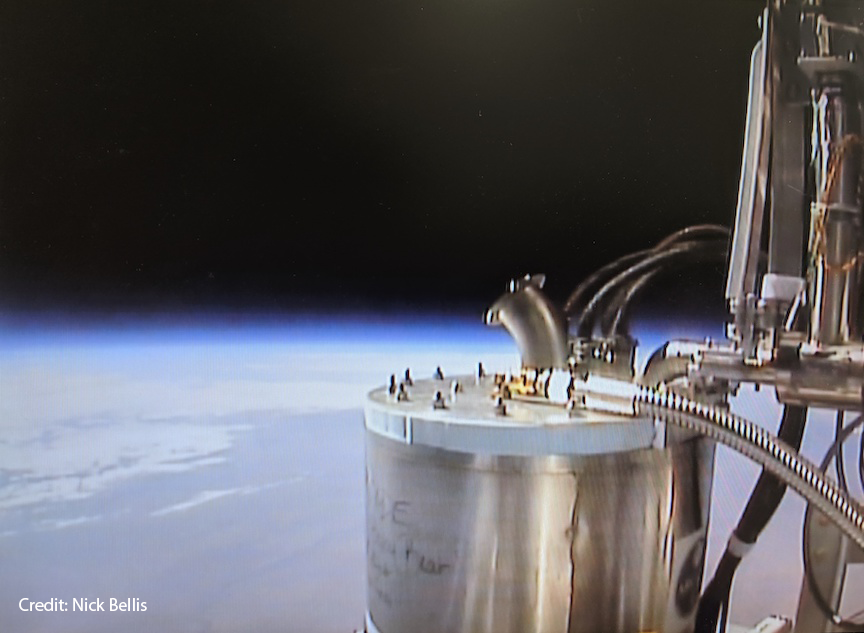Purpose of the flight and payload description
BOBCAT is the acronym of Balloon-Borne Cryogenic Telescope Testbed, a technology demonstration to develop advanced instrumentation for astrophysical observations at far-infrared wavelengths, carried out at NASA's Goddard Space Flight Center (GSFC).
Main objective of the project is to develop cryogenic techniques as an enabling technology to improve far-IR sensitivity by a factor of 100,000 or more compared to current state-of-the-art instrumentation such as airborne telescope SOFIA. Cryogenic spectrometers, operating at balloon altitudes, have game-changing capabilities, but achieving this goal while remaining within balloon payload mass limits requires ultra-light cryostats. This project is developing an ultra-light cryostat and demonstrates the ability to transfer cryogenic liquids between dewars at balloon altitudes.
Video footage of the launch
Details of the balloon flight
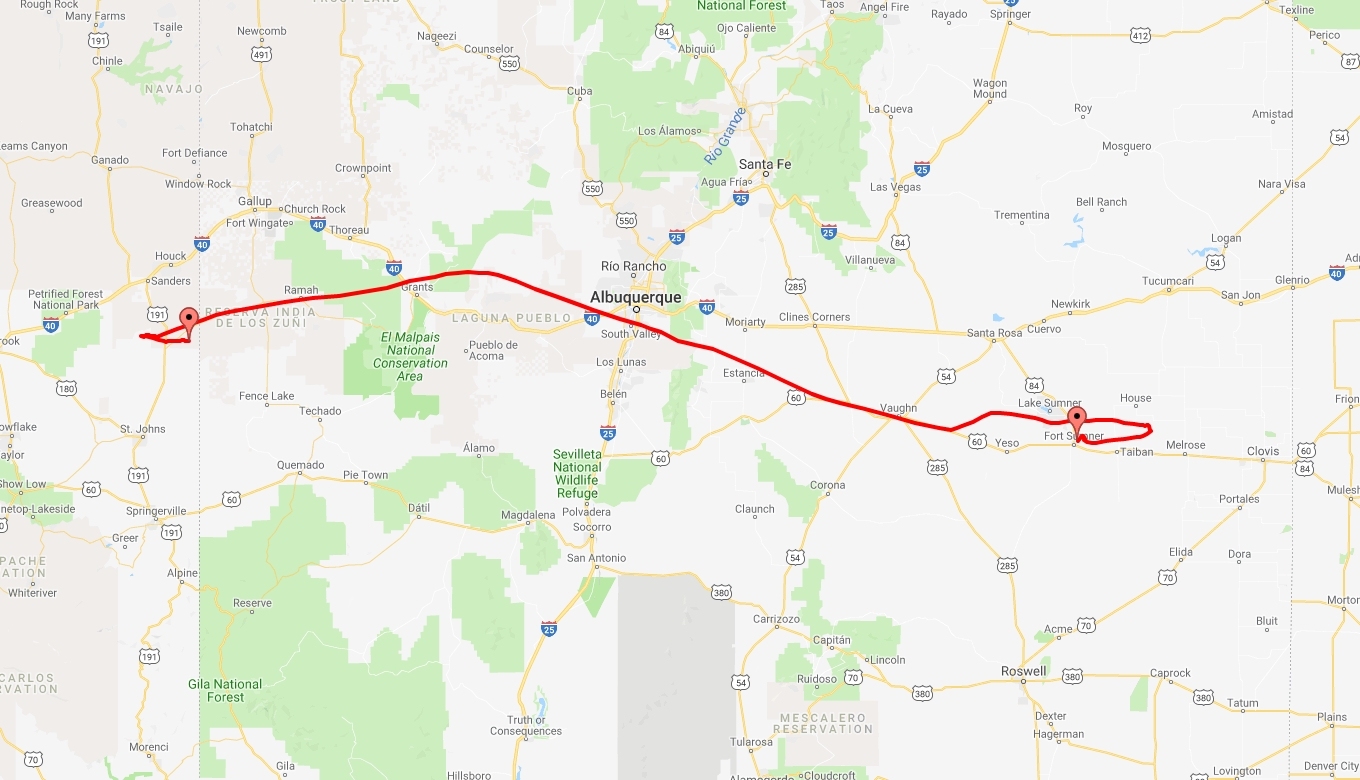
Balloon launched on: 8/22/2019 at 13:59 utc
Launch site: Scientific Flight Balloon Facility, Fort Sumner, (NM), US
Balloon launched by: Columbia Scientific Balloon Facility (CSBF)
Balloon manufacturer/size/composition: Zero Pressure Balloon Raven Aerostar - W29.47-2X-94 - 29.470.000 cuft
Flight identification number: 696N
End of flight (L for landing time, W for last contact, otherwise termination time): 8/22/2019 at (L) 22:30 utc
Balloon flight duration (F: time at float only, otherwise total flight time in d:days / h:hours or m:minutes - ): 8 h 30 m
Landing site: 90 km E of Holbrook, Arizona, US
Payload weight: 3136 lb
External references
- BOBCAT project review NASA's Techport
- Design and analysis of a novel, ultra-light, cryogenic dewar for balloon-borne observatories Ph.D. Thesis by Denker, Samuel, University of Maryland, 2020
- Scientists solve big limitation of stratospheric balloon payloads American Institute of Physics
- The Balloon-Borne Cryogenic Telescope Testbed mission: Bulk cryogenic transfer at 40 km altitude Review of Scientific Instruments 91, 124501 (2020)
- Ultra-Light Dewars for Balloon Payloads or... Stupid Dewar Tricks for a Balloon Great Observatory Project overview by Alan Kogut at 2019 Scientific Ballooning Technologies Workshop
15195If you consider this website interesting or useful, you can help me to keep it up and running with a small donation to cover the operational costs. Just the equivalent of the price of a cup of coffee helps a lot.

